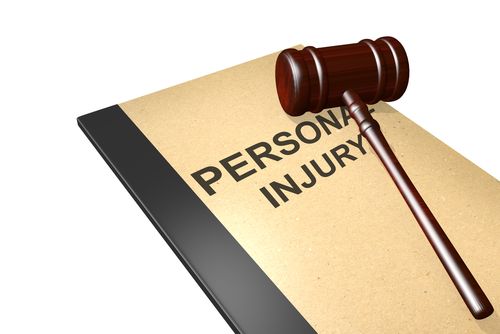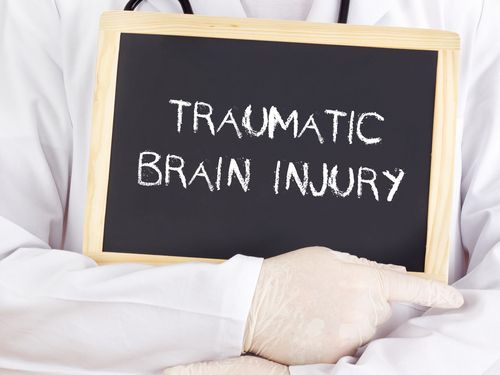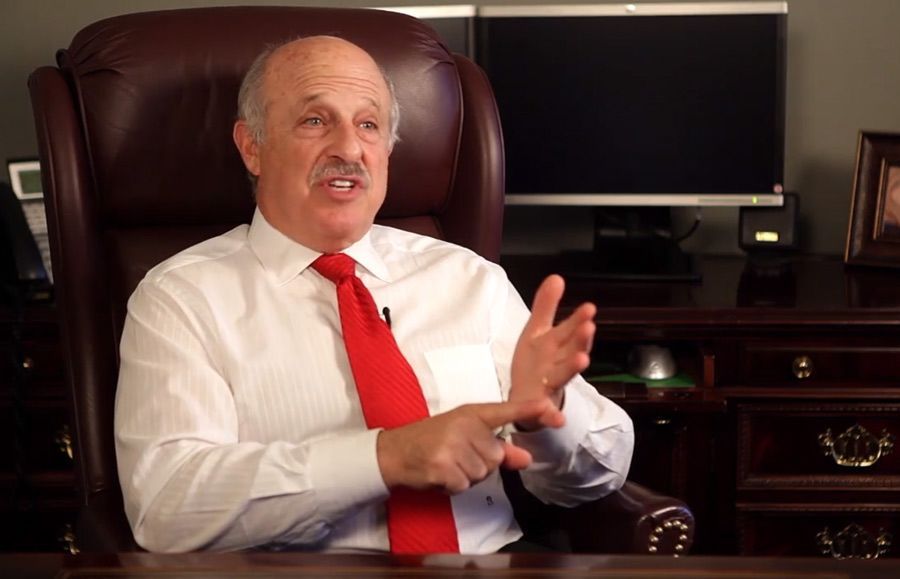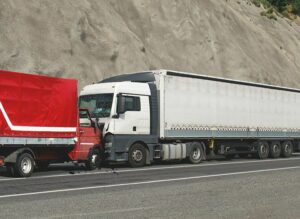
After a recent head-on truck collision, the National Transportation Safety Board (NTSB) recovered dashcam footage to investigate the cause of the crash. The accident began when a truck driver veered out of his lane, crossed the median, and hit the side of a passenger van. The semi then pushed the passenger van and another vehicle into the guardrail before hitting another semi head-on. Another vehicle drove into the pileup and erupted in flames.
The semi-truck driver was working as a contracted postal carrier. His autopsy revealed that he suffered from heart disease, although they did not conclude that he had a medical emergency that caused the crash. However, the investigation revealed that he lied on regulatory health forms and switched doctors to alert his employer to his health conditions. He had admitted to another driver that he had been suffering chest pains in the month before the fatal accident.
Sadly, this isn’t the only accident of its kind. Semi-truck accidents injure and kill far too many lives every year. Head-on collisions are especially dangerous. Victims of such crashes should contact an experienced truck accident attorney who can fight for their right to recover compensation.
For a free legal consultation, call 516-451-7900
How Often Do Head-On Truck Collisions Occur?
Sometimes called frontal impact collisions, head-on collisions account for about 3 percent of all large truck crashes every year, according to information released by the Federal Motor Carrier Safety Administration (FMCSA). The good news is that compared to other crashes, the odds of getting into a head-on collision with a large truck are pretty slim. However, when they do happen, they cause incredibly serious damage. Comparatively, rear-end collisions represent about 25 percent of all truck crashes each year.
Common Causes of Head-On Truck Collisions
Head-on truck collisions raise many questions such as:
- Did the big rig driver see the other vehicle coming their way?
- Why didn’t they move out of the other vehicle’s way?
- Why didn’t they stop before they collided with the other vehicle?
The answers to these questions are highly case-specific. However, head-on collisions often share some common underlying aspects. For instance, the risk of head-on collisions grows on narrow or rural roadways. Here, vehicles briefly pass others in the lane reserved for traffic in the opposite direction.
Truck collisions occur in many different ways. The same applies to head-on truck accidents. Some factors are unique to head-on truck crashes. Whatever the reason, it typically comes down to the truck leaving its traffic lane. This is the hallmark factor for head-on collisions.
Here are some of the most common causes of head-on truck collisions.
#1. Medical Problems
Truck drivers may have known or unknown medical problems such as seizure disorders, heart disease, diabetes, or syncope (passing out). While the FMCSA has stringent rules and regulations about reporting medical issues and oversees their doctors, sometimes truckers or doctors lie. Other times, they may not know about the medical problem until too late. If a trucker has a sudden medical event, they can quickly lose control of their vehicle and end up in the path of an oncoming one.
#2. Driver Fatigue
Unfortunately, big rig drivers are especially at risk for drowsiness or fatigue. They might even fall asleep while behind the wheel. They face strict deadlines in making their deliveries and make more money if they can take on more loads. These facts increase the chances that truckers will drive while they are drowsy. Nighttime driving also increases the odds of accidents due to natural circadian rhythms.
Recent studies have shown that drowsy driving is just as dangerous as driving while intoxicated. When a driver becomes tired, it’s easy for them to drift out of their lane of travel and potentially into the path of an oncoming vehicle.
#3. Driving Under the Influence
It doesn’t matter if it’s alcohol, prescription or over-the-counter drugs, or illegal substances; a truck driver under the influence puts everyone on the road at risk. This makes them more likely to leave their travel lane unintentionally.
Drivers under the influence also have poor judgment and slowed reaction times. For instance, they might think they have enough time and distance to pass another vehicle on a two-lane highway when they don’t. The result is usually a disastrous head-on collision.
#4. Speeding
Speed is often a factor regarding the severity of a collision. Speed is particularly concerning on rural and winding roadways because speed makes it hard for large trucks to stay in their lanes. Furthermore, high speeds decrease the time that drivers need to avoid crashes on busy city streets and highways. Crashes at higher speeds are more likely to cause property damage, catastrophic injuries, and fatalities.
#5. Driver Confusion
Sometimes drivers can become confused due to darkness, weather conditions, other vehicles. As such, they might drive on the wrong side of the road, up off-ramps, or make similar dangerous maneuvers just because they don’t understand the traffic flow in a given area. Nevertheless, the results are the same as any other head-on collision.
#6. Passing in a No-Passing Zone
Passing on a two-lane rural road is only permissible with a broken line on the highway. If the line is solid, it’s illegal and unsafe to pass. If drivers don’t remember or intentionally ignore these rules, the chances of a head-on crash increase.
#7. Driver Distraction
Driver distraction substantially increases the risk of an accident, including head-on crashes. Whether the distraction is a cell phone, GPS, reaching for something in the vehicle, eating or drinking while driving, or even adjusting the infotainment system.
#8. Poor Weather or Road Conditions
Whether it’s fog, rain, snow, or another weather event, inclement weather conditions often make it difficult for truckers to see lane markings and oncoming traffic. If they can’t see correctly, they may move into another lane already occupied by an oncoming vehicle.
#9. Swerving
Sometimes, drivers must suddenly maneuver their trucks to avoid hitting something else. For example, they may have encountered an animal, person, another vehicle, or debris in their path. While their focus may be on avoiding whatever is directly in front of them, they still must take care not to hit oncoming traffic.
#10. Losing Control of the Vehicle
It’s not uncommon for a truck driver to lose control of their vehicle. The loss of control might happen due to a tire blowout, which often happens to big rigs or even a vehicle malfunction. If the trucker cannot control their vehicle, nearly anything can happen, including a devastating head-on collision.
#11. Multicar Pileups
If a car pileup involves many vehicles, the crash may push vehicles into opposite traffic lanes. Once there, they are in a dangerous position and set up for a head-on collision.
#12. Construction Zones
Construction is necessary from time to time. However, construction zones frequently confuse drivers, notably if the lane alignment alters. Lane alterations increase the risk of a truck driver hitting another vehicle head-on.
Click to contact our personal injury lawyers today
Who is Responsible for Truck Head-On Collisions?
Liability in an accident involving a semi-truck can be tricky. Therefore, it’s imperative to hire a knowledgeable truck accident attorney to represent your claim. They can perform a thorough investigation to identify all liable parties and sources of compensation. Many times, more than one party causes the damages, which increases the compensation a victim or their family might receive.
The Truck Driver
More often than not, the truck driver has some liability in an accident, and there are many ways that they can be negligent.
For example, they may have:
- Failed to inspect or maintain their vehicle
- Driven while under the influence or while drowsy
- Failed to disclose their medical history or problems to their employer or the FMCSA
- Become distracted or confused while behind the wheel
- Broke traffic laws, such as the speed limit or passed in a “no passing” zone
The Trucker’s Employer
Sometimes the trucker’s employer is to blame. For example, they might have known the truck needed to be maintained or repaired and ignored it. They might have failed to provide the driver with adequate training or perhaps knew he was medically unfit to drive. They may have known the driver got behind the wheel after drinking or pressured the driver to ignore FMCSA regulations for rest and driving periods. Your attorney will look to see if they abided by FMCSA regulations when the accident occurred.
Another Driver
Other drivers may also share responsibility for the accident. Maybe they got in the way of the big rig, causing the driver to swerve. Or perhaps they pushed the semi into the path of an oncoming vehicle. Whatever the case, your lawyer will investigate precisely how the collision occurred to pinpoint if there was involvement from another driver besides the truck driver.
Vehicle or Parts Manufacturers
From time to time, a truck or its parts are defective. For example, tires or brakes can be defective, causing the truck driver to hit another vehicle head-on. In that case, the manufacturer of the faulty part can be liable.
Municipalities or Government Contractors
You may hold a municipality or government contractor liable for a head-on collision in other cases. Perhaps traffic signals, lanes, signs, or something in a construction zone weren’t working correctly or weren’t clear to the driver when they should have been. For example, if construction removed painted lines from a road and a truck driver wasn’t sure if they could pass or not, the party responsible for the construction zone can have some liability.
The Goods Distributor
The entity that hired the trucking company to transport its goods can also potentially be liable for a head-on collision. If the truck’s load is improperly balanced, their trailer may tip over, going around a curve. If the driver applies the brakes, the truck cabin can stop. The trailer can keep moving forward, swerving around and hitting or crushing an oncoming vehicle. The goods distributor can also be liable if they shipped hazardous materials, such as flammable goods, without ensuring the proper and legal safety precautions.
The Maintenance Provider
By reviewing the semi-truck maintenance records, trucking accident lawyers can easily recognize poor workmanship, the failure to diagnose and correct braking problems, or the use of faulty parts. If your lawyer finds any of these problems, you can hold the company that provides maintenance for the truck responsible for the accident.
Complete a Free Case Evaluation form now
Injuries from Head-On Truck Collisions
Semi-trucks are some of the largest and heaviest vehicles on the road. When combined with speed, they can do severe damage in an accident. This is especially true in a head-on collision where the extreme force of the semi meets the force of another vehicle.
Sadly, many head-on truck crashes result in fatal or catastrophic injuries, which can include:
- Spinal cord injuries (SCI)
- Traumatic brain injuries (TBI)
- Broken bones, including the skull, spine, neck, pelvis, and ribs
- Facial injuries leaving scarring and disfigurement
- Severe burns that require grafting and increase the risk of complications and infections
- Internal organ damage
- Internal bleeding
- Amputations
Typically, those who survive head-on collisions face long and expensive roads to recovery. They need a truck accident lawyer with the knowledge and experience to stand up for their rights. Victims and their families deserve financial compensation commensurate with their damages. Contact us for a free consultation.
